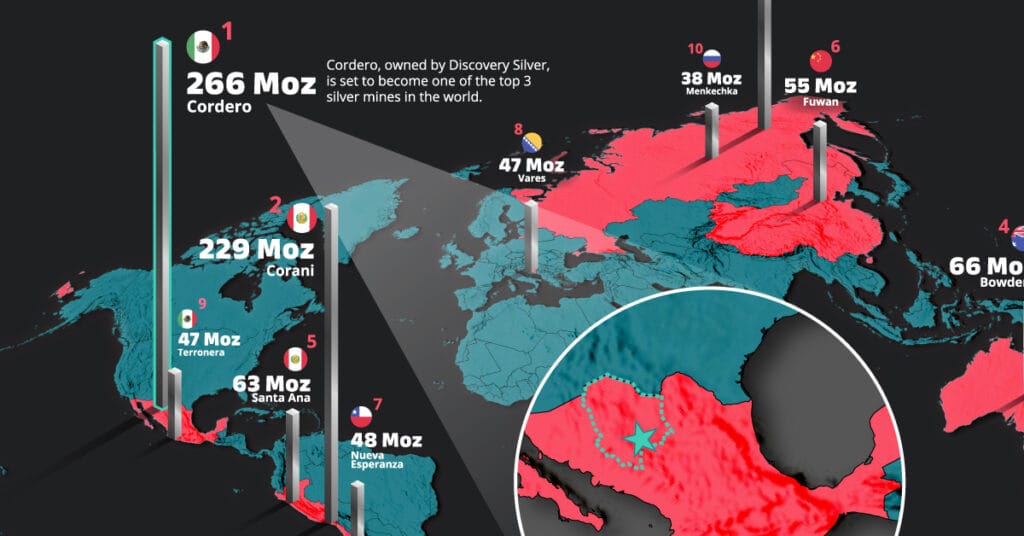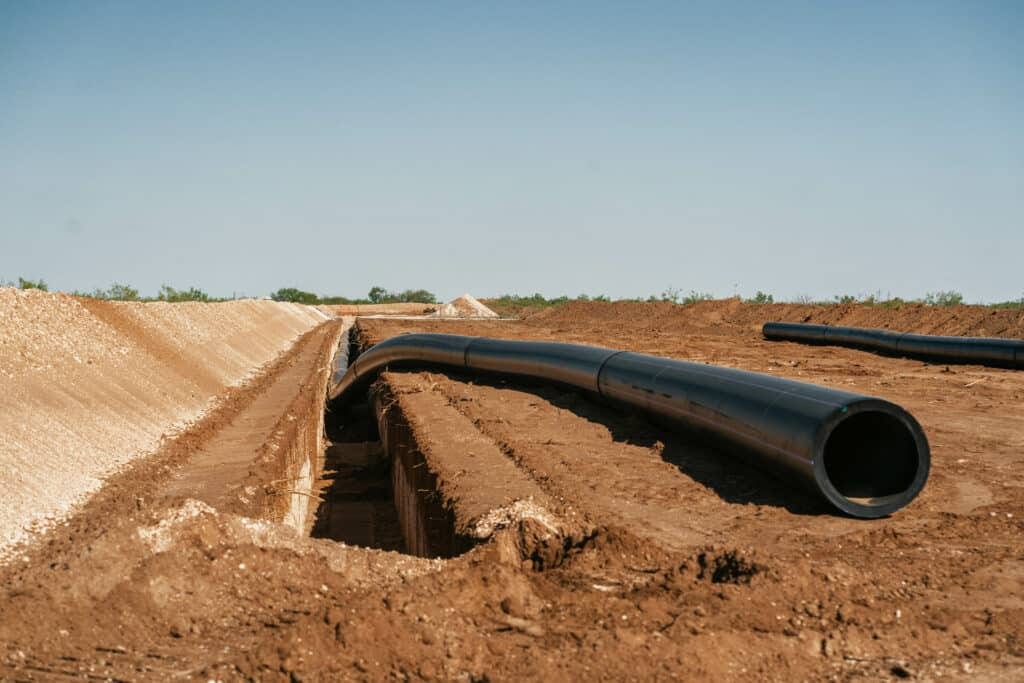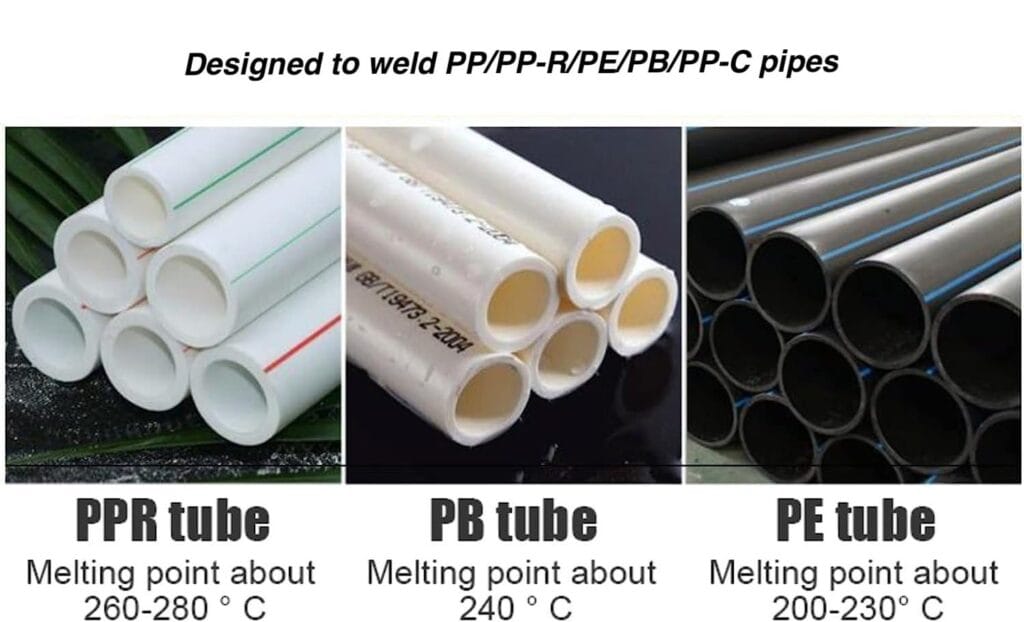Silver, a precious metal esteemed for its malleability, conductivity, and aesthetic appeal, plays a vital role in various industrial applications, including electronics, solar panels, medical devices, and jewelry. The increasing demand for silver in green technologies and electronic devices has renewed interest in silver mining and its processes. This blog post aims to provide a thorough understanding of silver mining, detailing the extraction processes, global distribution, and key players in the silver mining industry. dcpipe pipeline expert

The Silver Mining Process
1. Exploration
Every silver mining venture begins with exploration. Mining companies utilize geological surveys, satellite imagery, and geophysical techniques to identify potential silver deposits. Prospecting involves extensive fieldwork to assess mineral quantities and quality. This phase can take years, depending on the complexity of the geology and the accessibility of the site.
2. Feasibility Studies
Once potential silver deposits are identified, mining companies conduct feasibility studies to evaluate the economic viability of the mine. These studies analyze factors such as the cost of extraction, market trends for silver prices, environmental impact assessments, and the potential return on investment. Feasibility studies are crucial in securing financing and regulatory approvals for mining operations.
3. Mine Development
If the feasibility study is favorable, mining companies proceed to the development phase. This stage may involve constructing access roads, establishing infrastructure, and utilizing resources to facilitate mining operations. Environmental considerations are essential during this phase, with companies required to implement strategies to minimize ecological disruption, ensuring compliance with local regulations.
4. Extraction Methods
The extraction of silver can be achieved through various mining techniques, primarily categorized into two methods:
a. Underground Mining
Underground mining is employed when silver deposits are located deep below the earth’s surface. This method involves the creation of tunnels or shafts to access the ore. Techniques such as cut and fill, room and pillar, or sublevel stoping are commonly used in underground mining. Each of these methods has its advantages and drawbacks related to cost, safety, and environmental impact.
b. Open-Pit Mining
For silver deposits located nearer to the surface, open-pit mining is utilized. This method involves removing large quantities of earth to access the silver ore, which is then processed separately. Open-pit mining is typically more cost-effective and allows for the extraction of larger quantities of ore; however, it can result in significant land disruption and environmental concerns.
5. Processing
After extraction, silver ore must undergo processing to separate the valuable metal from impurities. Common processing techniques include:
a. Froth Flotation
Froth flotation is a widely used method in silver ore processing, particularly when silver is found in association with other metals like copper or lead. The ore is crushed and mixed with water and chemicals to create a slurry. Air bubbles are introduced, and the silver-containing minerals attach to the bubbles and rise to the surface, forming a froth that can be collected.
b. Cyanidation
For ores with lower silver content, cyanidation is often employed. This method involves leaching the ore with a cyanide solution, which dissolves the silver. The solution is then processed to recover the silver through methods such as precipitation or electrolysis.
6. Reclamation
The final phase of silver mining involves reclamation, aimed at restoring the mined land to its natural state. This process includes removing infrastructure, replanting vegetation, and remediating any environmental damage caused by mining activities. Effective reclamation practices are essential for maintaining ecological balance and ensuring sustainable development.

Global Distribution of Silver Resources
Silver deposits are distributed globally, with significant production coming from several key regions:
1. Mexico
Mexico is the largest producer of silver, with major mining districts located in states like Zacatecas, Chihuahua, and Durango. The country benefits from abundant silver deposits and a rich mining history, positioning itself as a leader in the global market.
2. Peru
Peru ranks second in silver production, boasting numerous silver mines, often associated with copper and gold deposits. The Antamina and Pierina mines are among the most significant contributors to Peru’s silver output.
3. China
China is not only a major consumer of silver but also a significant producer. Silver mining occurs predominantly in provinces such as Tibet, Shaanxi, and Yunnan. The Chinese government has invested in technology to improve mining efficiency and reduce environmental impact.
4. Australia
Australia has a substantial silver mining presence, with significant deposits situated mainly in New South Wales and Queensland. The country’s mining operations are characterized by advanced technology and stringent environmental regulations.
5. United States
The United States is home to several notable silver mines, particularly in states like Nevada, Alaska, and Idaho. The Silver State Mine in Nevada and the Kensington Mine in Alaska are key contributors to the U.S. silver production.
Leading Companies in Silver Mining
The silver mining industry is populated by several prominent players, each contributing to the sector’s growth and innovation:
1. Fresnillo Plc
Fresnillo Plc, based in Mexico, is the world’s largest primary silver producer, operating several notable mines, including the Fresnillo and Saucito mines. The company emphasizes sustainable practices and technological advancement in mining operations.
2. Pan American Silver Corp.
Pan American Silver Corp. is one of the largest silver mining companies, with mines across North and South America. The company is known for its commitment to sustainability and community engagement in the regions where it operates.
3. Coeur Mining, Inc.
Coeur Mining is a U.S.-based company with a diverse portfolio of silver mines in the United States and Mexico. The company emphasizes responsible mining practices and has invested significantly in reclamation efforts.
4. Hecla Mining Company
Founded in 1891, Hecla Mining Company is the second-largest primary silver producer in the United States. The company operates the Lucky Friday mine in Idaho and the Greens Creek mine in Alaska, focusing on high-grade ore and innovative mining technology.
5. First Majestic Silver Corp.
First Majestic Silver Corp. is known for its portfolio of silver mines in Mexico. The company focuses on high-quality silver production and employs environmentally friendly practices in its operations.
Conclusion
As the demand for silver continues to rise globally, understanding the complexities of silver mining becomes increasingly essential. From exploration and extraction methods to processing and reclamation, each step plays a pivotal role in the lifecycle of silver production. The distribution of silver resources and the efforts of leading mining companies are shaping the industry’s future. Through sustainable practices and advancements in technology, the silver mining sector will seek to balance economic growth with environmental responsibility, ensuring that this vital resource remains available for generations to come. dcpipe pipeline expert

